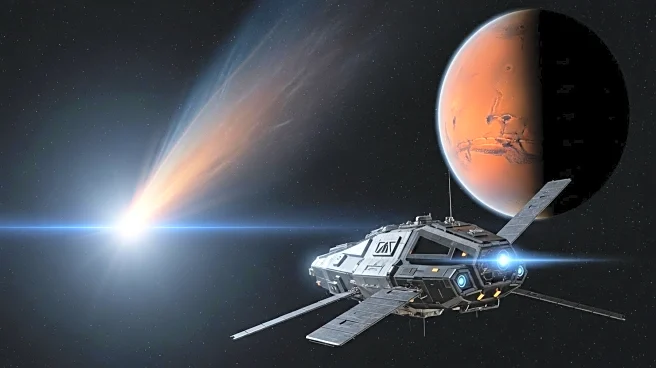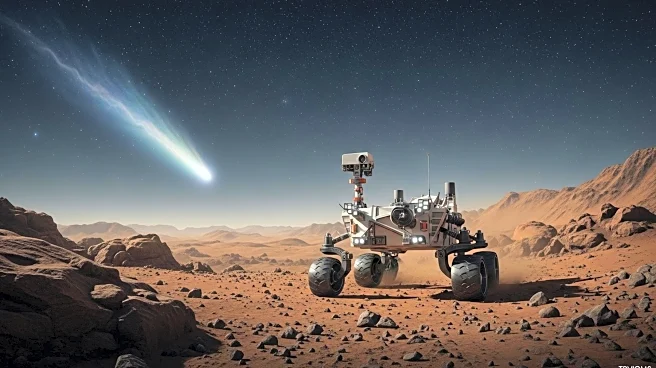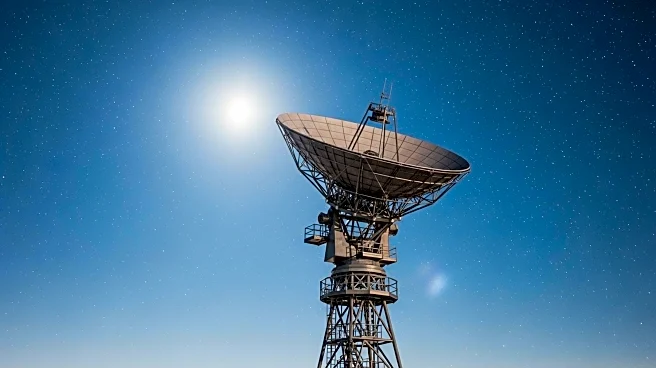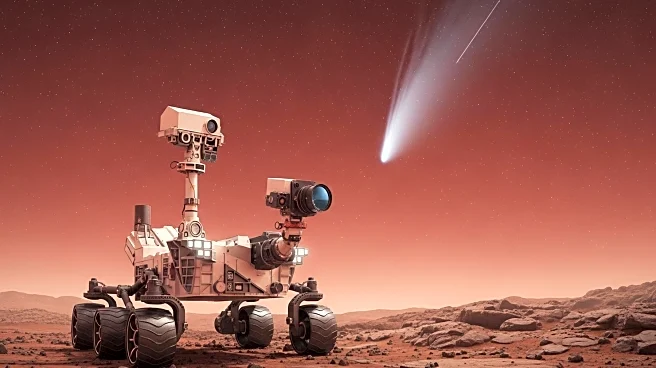What's Happening?
An asteroid named 2025 TF recently passed over Antarctica at a distance of just 265 miles above Earth's surface, closer than many satellites. The European Space Agency reported the event, noting that the asteroid was between 3.2 feet to 9.8 feet across and did not pose a significant threat to the planet. The asteroid was first detected by the Catalina Sky Survey, a NASA-funded mission, and later observed by the ESA's Planetary Defence Office. The object is not expected to approach Earth again until April 2087.
Why It's Important?
The close approach of asteroid 2025 TF highlights the importance of tracking near-Earth objects to assess potential threats. While this asteroid did not pose a danger, its proximity underscores the need for continued vigilance and investment in planetary defense systems. Understanding the trajectories and characteristics of such objects is crucial for developing strategies to mitigate potential impacts.
What's Next?
Space agencies will continue to monitor near-Earth objects, improving detection capabilities and refining models to predict future approaches. The event may prompt discussions on enhancing international collaboration in planetary defense and investing in technologies to deflect or destroy hazardous asteroids.
Beyond the Headlines
The event raises awareness about the dynamic nature of space and the potential risks posed by celestial objects. It also highlights the role of international cooperation in space exploration and the need for shared data and resources to address global challenges.










